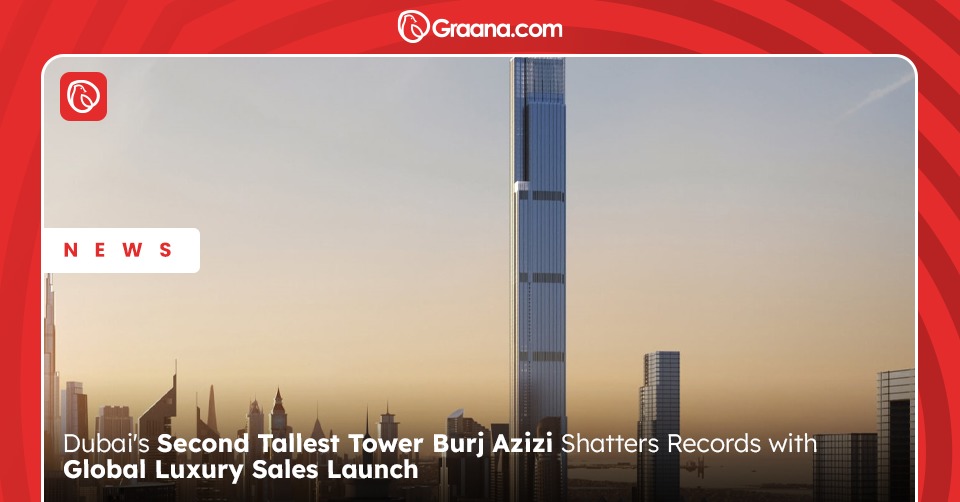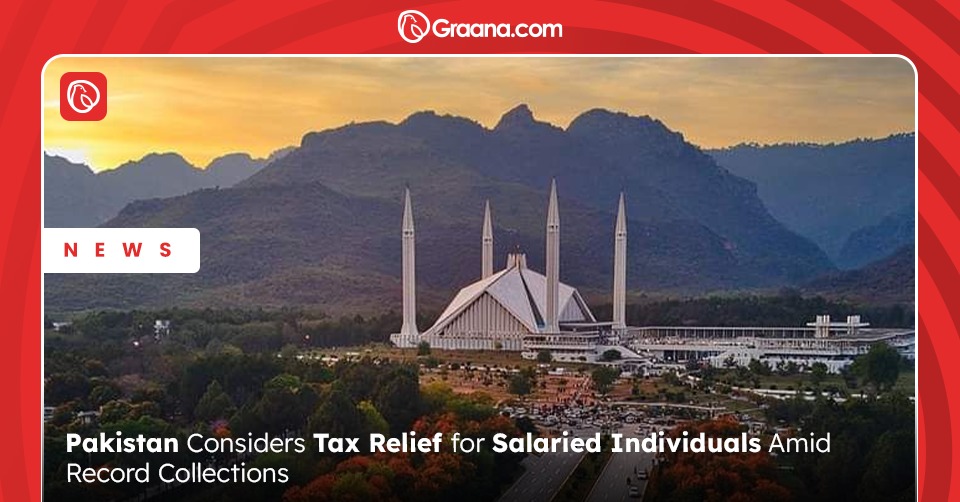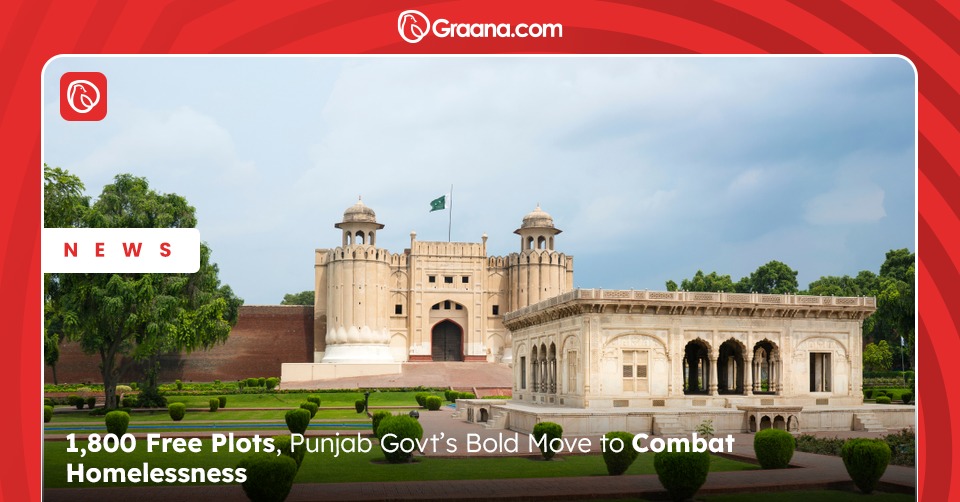Barrages in Pakistan, such as Guddu Barrage, play a crucial role in regulating water flow to the country’s extensive irrigation system, supporting millions of farmers and their families. Guddu Barrage is a major hydraulic structure located on the Indus River in the Kashmore District of Sindh.
The construction of the Guddu Barrage took place from 1957 to 1962 as an integral component of the Indus Basin Irrigation System. It is responsible for supplying water to the arid regions of Pakistan for agricultural and various other purposes. Guddu Barrage is one of the largest and most important barrages in the country, with a total length of about 3,100 metres and a capacity of more than 1.3 million acre-feet of water.
Graana.com gives a comprehensive overview of Guddu Barrage below, including its history and significance.
Guddu Barrage and Its Importance for Agriculture
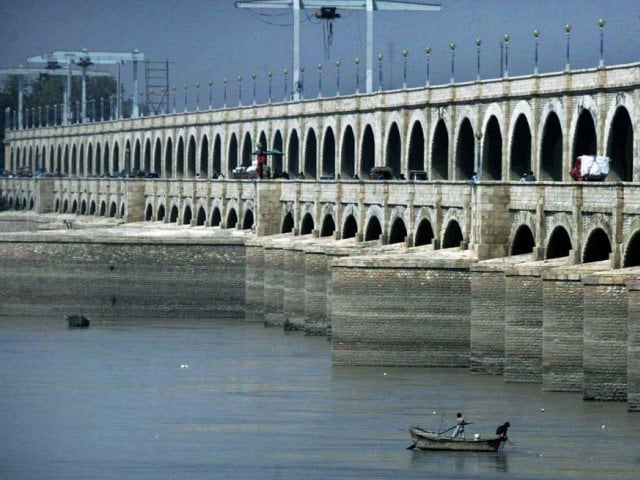
Guddu Barrage plays a crucial role in providing water for irrigation systems in the Pakistan including Sindh and Balochistan. The Sukkur Barrage is located at the tail end of the Indus River, diverting water to various canals and distributaries. The Sukkur Barrage directs the water downstream to the Guddu Barrage, which then distributes it to the canals and distributaries responsible for supplying water to the agricultural lands.
Furthermore, it provides water for a variety of crops, including wheat, rice, cotton, and sugarcane, which are the major agricultural products of Pakistan. The water from the barrage is also used for drinking and industrial purposes, making it an essential resource for the economy of the region.
History and Construction of Guddu Barrage
The Government of Pakistan initiated the construction of Guddu Barrage in 1957 as a crucial component of the Indus Basin Irrigation System. The project aimed to enhance the water supply for irrigation in the arid regions of Pakistan, which were grappling with water scarcity. The construction of the barrage reached completion in 1962, and President Ayub Khan officially inaugurated it in December of the same year.
Moreover, the construction of Guddu Barrage was a massive undertaking that required extensive planning and engineering. The Guddu Barrage comprises 66 bays, with each bay having a width of 56 feet, and it spans a total length of 3,100 meters. Engineers designed it to endure the formidable flow of the Indus River during the monsoon season, and it features a spillway to facilitate the controlled release of surplus water.
Design and Components of Guddu Barrage
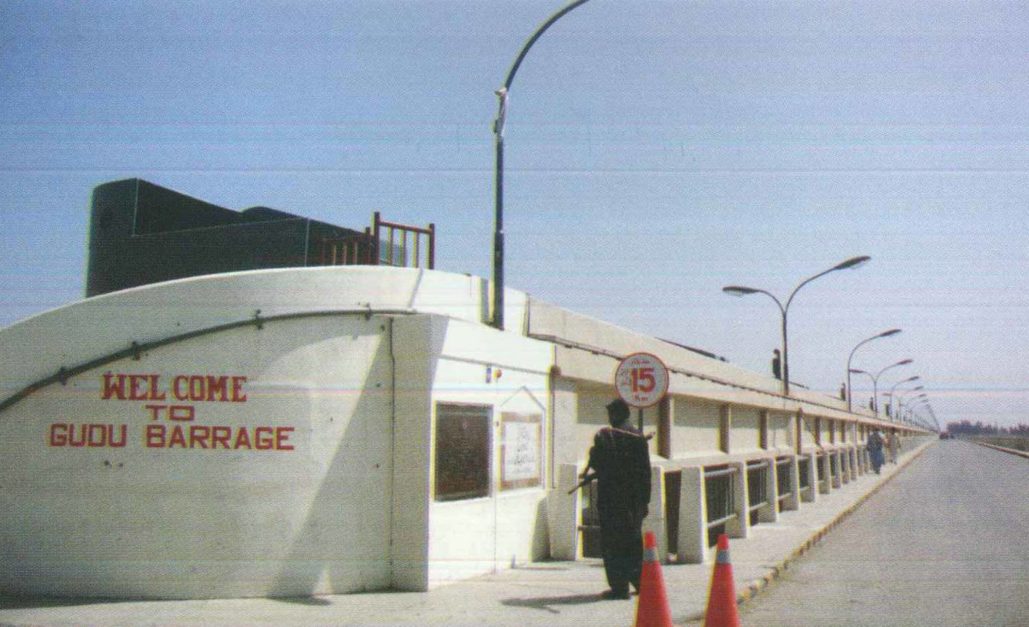
Guddu Barrage is a complex hydraulic structure that consists of several components, including gates, piers, and a spillway. The Guddu Barrage consists of 66 bays, each spanning a width of 56 feet, with a total length of 3,100 meters.
The engineers designed the Guddu Barrage to withstand the powerful flow of the Indus River during the monsoon season, and they equipped it with a spillway to enable the controlled release of excess water. The piers of the barrage are massive concrete structures that support the gates and resist the force of the water.
The design of the Guddu Barrage incorporates features specifically intended to handle the swift water flow during the monsoon season, making them vital for maintaining the stability of the barrage. The spillway of the Guddu Barrage is a distinct channel independent of the gates, serving the purpose of regulating the water level in the river.
Maintenance and Upgradation of Guddu Barrage
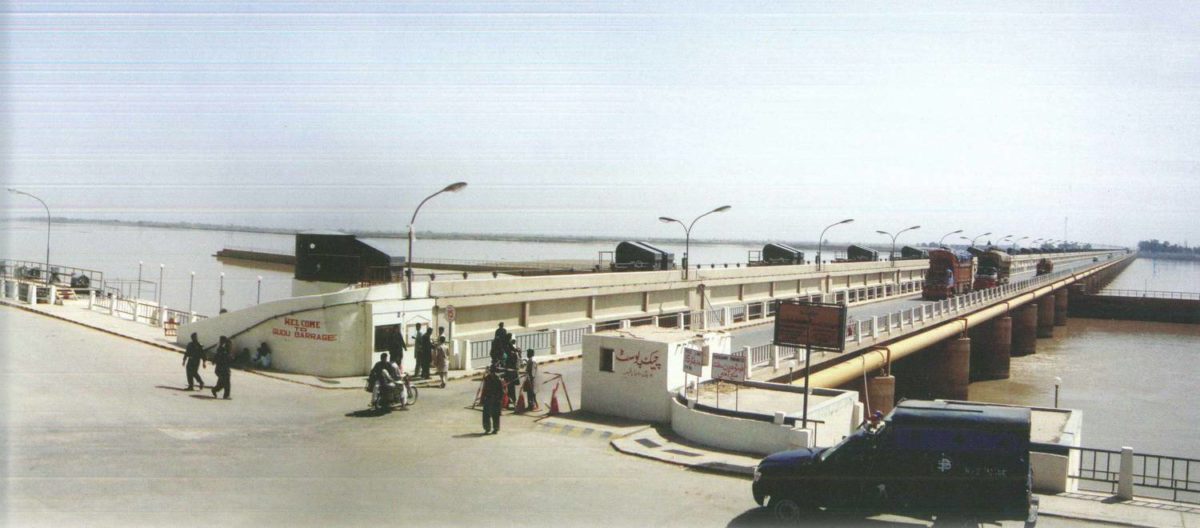
Guddu Barrage is one of the oldest and most important barrages in Pakistan. Over the years, it has undergone several changes and repairs, but due to its age and continuous usage, it requires rehabilitation to ensure its continued proper functioning.
The rehabilitation of the Guddu Barrage is a complex project that requires significant investment and the coordination of various stakeholders, including the government, irrigation departments, and other organisations. The project will involve the replacement of old and damaged gates, the repair of the spillway, and the installation of a new hydraulic system. Additionally, it will include the reconstruction of the protection bunds and the repair of the navigation lock.
The Water and Power Development Authority (WAPDA), has allocated funds for the rehabilitation project. It is part of a broader plan to upgrade the country’s infrastructure. This project ensures the availability of water for all its citizens. It is expected to increase the efficiency and capacity of the Guddu Barrage, enabling it to provide more water for irrigation, power generation, and domestic use.
Management And Regulation of the Barrage
In addition to the physical upgrades, the rehabilitation project will also involve the improvement of management and regulation. The project will establish a new monitoring system. This system will enable the authorities to keep track of the water levels. It will also help prevent water theft and ensure the equitable distribution of water among the different stakeholders.
The project is expected to take several years to complete, and it will be carried out in different phases. The first phase will involve the replacement of the old gates. At the same time, the second phase will focus on the repair of the spillway and the installation of the new hydraulic system. The third phase will involve the reconstruction of the protection bunds and the repair of the navigation lock.
Other Famous Barrages in Pakistan
Pakistan is an agricultural country, and the irrigation system is critical to its economy. There are several barrages that play a crucial role in providing water for irrigation, drinking, and industrial purposes. The following are some of the other famous barrages in Pakistan:
Tarbela Dam
Tarbela Dam is the largest dam in Pakistan and the fifth-largest in the world. It is located on the Indus River in the Khyber Pakhtunkhwa province and was constructed between 1968 and 1976. The dam has a total capacity of 11.6 million acre-feet of water. It provides water for irrigation, domestic use and power generation, with a capacity of 3,478 MW.
Mangla Dam
Mangla Dam is located on the River Jhelum in the Mirpur District of Azad Jammu and Kashmir. The dam was built between 1961 and 1967 and has a total capacity of 7.4 million acre-feet of water. It provides water for irrigation, power generation, and domestic use. It has a power generation capacity of 1,000 MW.
Chashma Barrage
Chashma Barrage is located on the Indus River in the Mianwali District of Punjab. The barrage was built between 1967 and 1971 and has a total capacity of 14.3 million acre-feet of water. It provides water for irrigation and power generation, with a capacity of 184 MW.
Sukkur Barrage
Sukkur Barrage is located on the Indus River in the Sukkur District of Sindh. It was built between 1923 and 1932 and has a length of about 1,200 metres. It diverts water from the Indus River to different canals and distributaries that supply water for irrigation.
Kotri Barrage
Kotri Barrage is located on the Indus River in the Jamshoro District of Sindh. The construction of the Guddu Barrage took place between 1956 and 1960. It resulted in a structure with a length of approximately 915 meters. It diverts water from the Indus River to other canals and distributaries.
Conclusion
Guddu Barrage plays a crucial role in providing water for irrigation, drinking, and industrial purposes. The barrage is a complex hydraulic structure that requires regular maintenance, upgrades, and proper management to ensure its proper functioning.
On the other hand, the improvement of Guddu Barrage has helped to increase the water supply for agriculture and other uses. It’s contributing to the economic development of the region.
Moreover, the management of the barrage requires the coordination of different stakeholders. It is essential to ensure the equitable distribution of water among all users.
If you want to know more about head marala, follow Graana.com.

